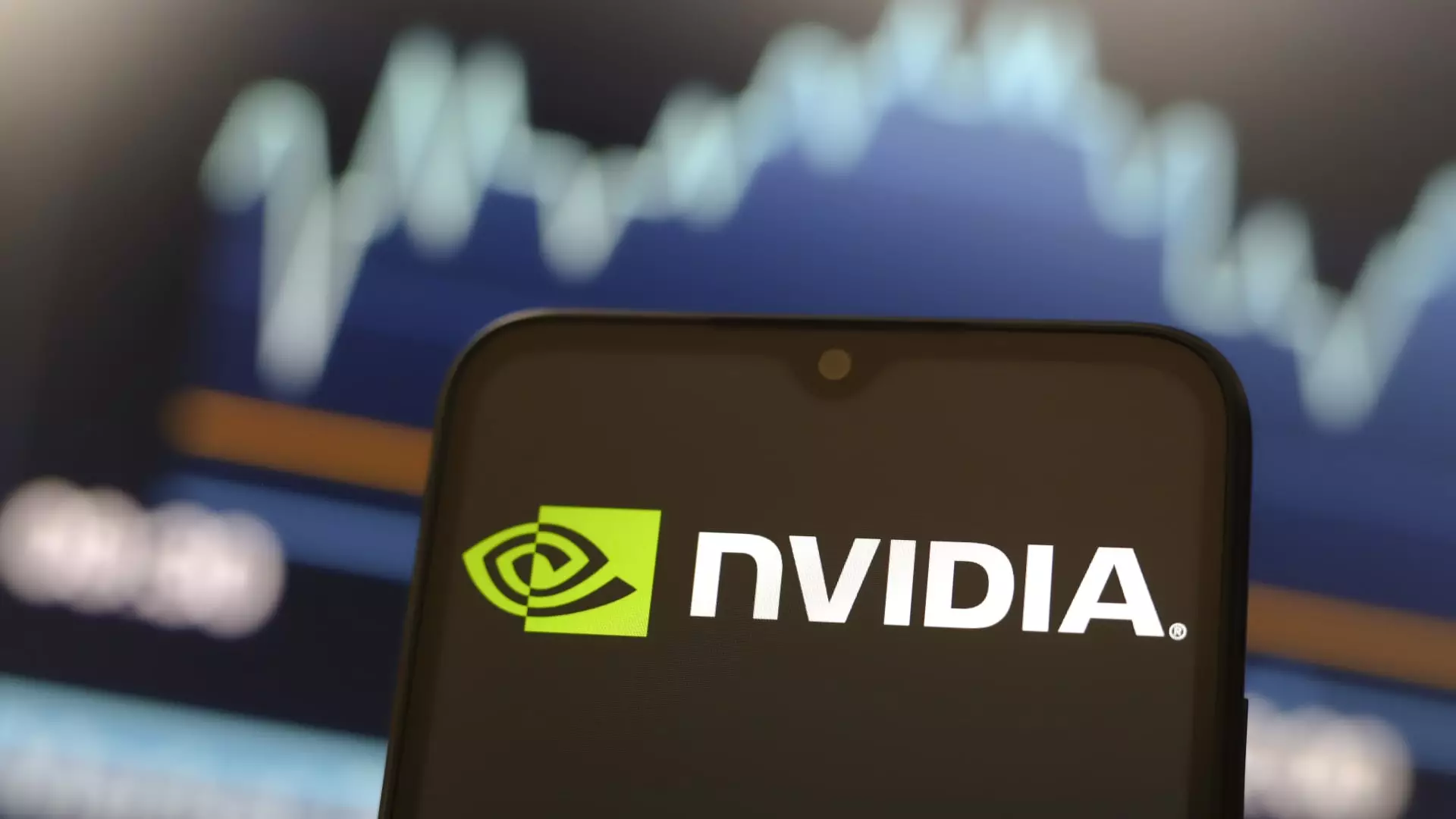Nvidia Corporation, a powerhouse in the realm of artificial intelligence and graphics processing units (GPUs), found itself in a precarious position on Monday as its stock slumped significantly. This decline was notable, particularly as it came at a time when the Nasdaq Composite index reached a new record high. With Nvidia’s shares tumbling by approximately 4.5% in December, the situation raised eyebrows about the broader implications for the tech sector and the health of the market as a whole.
Interestingly, this drop has positioned Nvidia officially in correction territory, defined by many analysts as a fall of 10% or more from a previous all-time high closing price. Consequently, Nvidia’s shares are now roughly 11% lower than their peak of $148.88, reached just last month. The contrast between Nvidia’s performance and that of the rest of the tech-heavy Nasdaq serves as a crucial indicator, showing how the market’s ebbs and flows can affect even high-performing stocks.
Keith Lerner, co-chief investment officer at Truist, remarked on the fundamental necessity of Nvidia’s technology for infrastructure, highlighting its position as a critical player in the AI revolution. Nevertheless, he hinted at a wider trend in the market: the presence of other stocks experiencing upward momentum, indicating a possible rotation among the so-called “Magnificent Seven” tech stocks. This shift suggests that investors are becoming more selective, potentially reallocating their portfolios toward companies perceived to be offering better growth prospects amidst Nvidia’s recent stagnation.
The underwhelming performance of Nvidia might reflect an underlying trend in Wall Street’s behavior—profit-taking after an exceptional year, where Nvidia’s stock surged by an impressive 166%. The buzz surrounding AI technologies, spurred by the popularity of applications like ChatGPT, initially fueled this rally. Yet the recent plateau in Nvidia’s share price raises questions about future growth and market stability.
Interestingly, while Nvidia struggled, other semiconductor names flourished. Broadcom, for example, experienced a staggering 11% increase during Monday’s trading session, quickly following a robust earnings report that elevated its market capitalization beyond $1 trillion. Analysts noted that Broadcom’s positive outlook resonated with momentum investors, causing them to pivot toward stocks exhibiting stronger growth potential. This points to an increasing inclination among investors to prioritize certain stocks within the tech sector, potentially at Nvidia’s expense.
Moreover, the performance of this sector highlights a broader trend: as Nvidia stagnates, other chipmakers like Micron Technology and Marvell Technology saw substantial gains. Such dynamics can create a ripple effect throughout the entire market, especially when the Nasdaq Composite is ascending without Nvidia’s contributions. While Nvidia’s decline raises cautionary flags, the resilience of other semiconductor stocks may indicate a more complex and nuanced market landscape, where investors are willing to diversify their assets in search of sharper upward trajectories.
As the markets evolve, it will be vital for Nvidia to address its recent struggles. Not only does the $125 to $130 range represent a crucial level for price support, but it also serves as a broader indicator of the stock’s strength within the market environment. If Nvidia fails to regain momentum, this could have implications not just for its own valuation but for the tech sector as a whole, potentially affecting trends in investor sentiment.
While Nvidia may currently find itself in a challenging market position amidst a broader surge in tech stocks, it is essential to view these dynamics through a lens of opportunity. The evolution of the semiconductor market continues to highlight investors’ shifting preferences and strategies, providing potential pathways for Nvidia to reclaim its stature within the industry. The question that remains is whether this titan can innovate and adapt to an increasingly competitive landscape, or if it will remain caught in the shadow of its high-flying peers in the near future.

